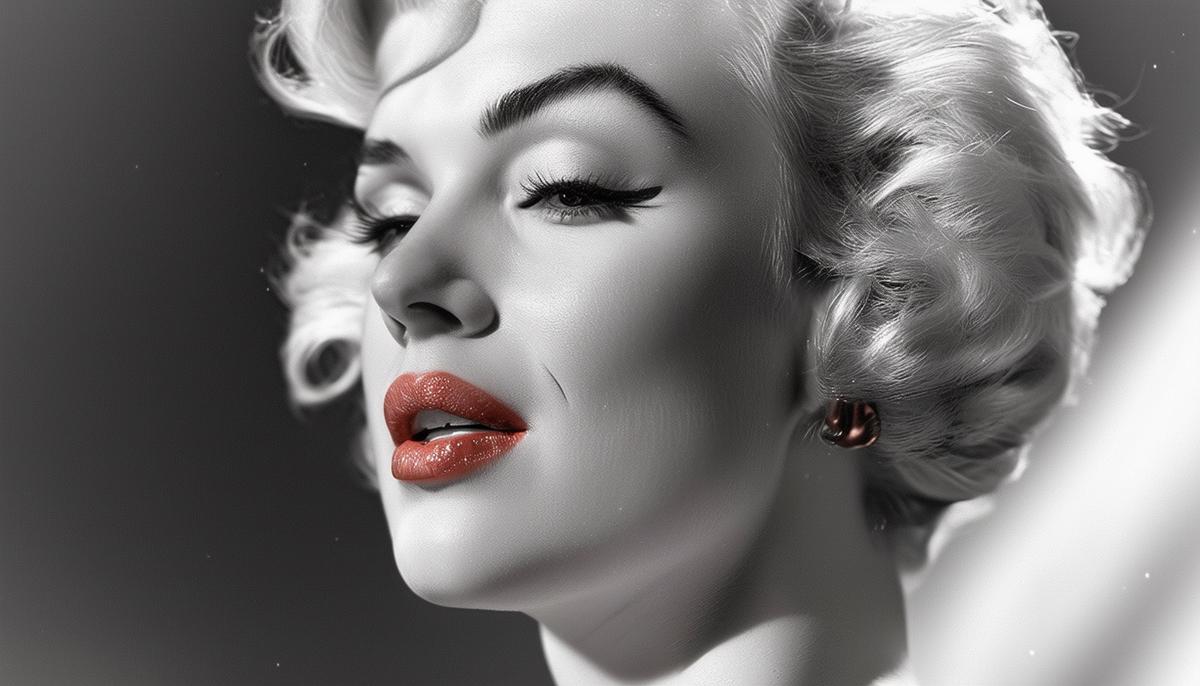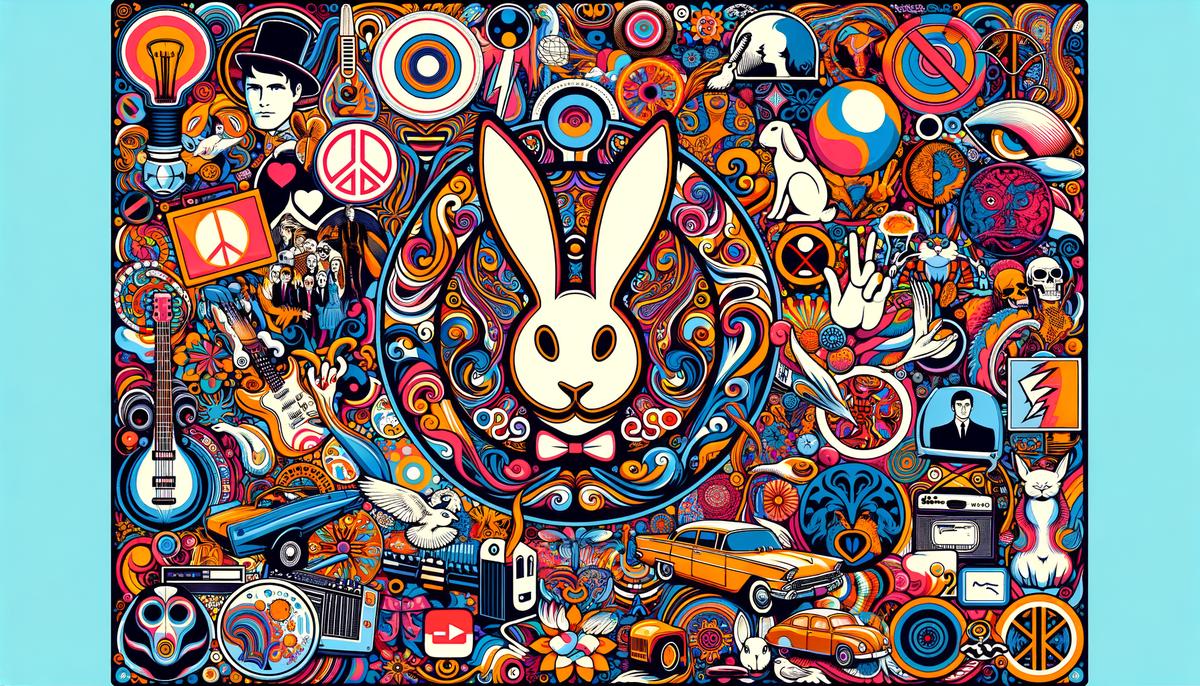Hugh Hefner's Vision and Preparation
Leaving Esquire was a bold move for Hugh Hefner. He didn't just dive into the unknown; he cannonballed in with style. Hefner brainstormed on his kitchen table, envisioning not just a magazine but a cultural phenomenon. His first hurdle was money. Hefner took out a mortgage and gathered over $8,000, including $1,000 from his supportive mother.
Naming the magazine was its own adventure. Originally, "Stag Party" was considered, but a trademark issue arose. Hefner switched to "Playboy," which carried an air of sophistication.
The backbone of this now-legendary entity was Marilyn Monroe. Hefner snagged the rights to Monroe's 1949 photos for $500, and with that stroke of genius, he had his silver bullet. The first issue sold out, becoming a roaring fire amidst the churning mists of 1950s conservatism.
Hefner knew he had more than a magazine. It was a new voice, redefining boundaries. From the spark of an idea to a real magazine in readers' hands, Hefner created a legend, forever changing the landscape with a dash of daring and a sprinkle of Monroe magic.
Marilyn Monroe's Iconic Feature
Marilyn Monroe's appearance in the first issue of Playboy was a seismic shift in the publishing world. Hefner's acquisition of Monroe's nude photos was more of a treasure hunt than a straightforward transaction. In 1949, Monroe stepped in front of Tom Kelley's camera, earning $50 for a series of nude shots under the pseudonym "Mona Monroe."
When Hefner stumbled upon these hidden gems, he paid $500 to secure the rights. Monroe's image, chosen as the "Sweetheart of the Month," or the first "Playmate," captured the imagination of a nation pining for something more tantalizing.
Yet, amid this whirlwind of success, controversy hung in the air. Monroe never consented to the magazine use, nor did she see a cent beyond the original modeling fee. But instead of a scandal, Monroe faced it head-on. She owned up to the photos' authenticity, a move that only intensified her star power.
"I admitted it was me who posed for that nude calendar even when the Fox executives became nervous and believed this would cause the ruination of any films I would appear in and also the end of my movie career. Of course they were wrong. The fans, my public, cheered when I admitted it was me, and that calendar and that Playboy first-issue publicity helped my career."
Monroe's candid admission cemented her status as an icon, spearheading a new movement of openness in the rapidly changing cultural landscape of the 1950s. Although Monroe and Hefner's paths never physically crossed, the connection they forged through pop culture history was indelible.

The First Issue's Content and Design
The inaugural issue of Playboy was a concoction brewed with articles and aesthetics expertly calculated to captivate and differentiate. At 8.5 by 11 inches, the magazine was physically compact, but what it contained was anything but small in ambition or impact.
Packaged in its pages was a selection of content that mixed contemporary lifestyle interests, from fashion and music to culture and satire. The layout echoed an unexpected blend of intimacy and exclusivity, a hallmark that would become signature to Playboy's brand.
Carefully crafted typography and tastefully placed images were juxtaposed with stories that seemed to whisper rather than shout. Hefner, an innovator with an eye for style, knew that allure was an art form worth mastering.
The inaugural issue came without a printed date—a clever tactic from Hefner, as he didn't know if there would be a second issue. This act of daring wrapped up the spirit of promise and potential adventure, tempting buyers with an eternal allure.
In this fresh design and breathless rush of articles, Hefner revealed the full extent of his story's charm, not merely pushing buttons but pressing the right keys in the symphony of post-war America. It was a bold tango across the page, a dance of wit and intrigue that set it apart.
Public Reception and Impact
Rolling off the presses in December of 1953, the first issue of Playboy was nothing short of sensational. Initially priced at 50 cents, this provocative yet polished publication flew off the shelves, selling over 50,000 copies—a quick sellout.
While Marilyn Monroe may have been the magnetic field drawing readers in, the magazine at large was the gravitational pull that took Playboy to new heights. The strategy was akin to adding just the right spice to a glamorous dish, leaving the audience tasty morsels which were just enough to refresh their palate.
Media coverage varied, from high praise to scandalized criticism, each serving to propel Playboy further into the collective consciousness. The seismic success of Playboy crescendoed into a benchmark for the adult entertainment industry, uncorking a bottle that couldn't be resealed.
Playboy's debut not only hoisted the anchor for future issues to sail on smoother waters but etched a distinct vision for the magazine itself—a roadmap that would see its evolution through myriad cultural shifts. In nudging open this door, Hefner unlocked a vault of dialogue around freedom and expression, instigating sparks of revolution that would dash through the coming decades.
Legacy and Symbolism
The first issue of Playboy was more than a magazine — it was a cultural lodestar that would guide the sexual revolution of the 1960s. Hugh Hefner's keen sense of symbolism was at the core of this opus.
By turning pages emblazoned with the unforgettable allure of Marilyn Monroe, readers weren't just skimming a magazine—they were glimpsing an exposed zeitgeist. Hefner carefully crafted Playboy to serve as a manifesto bedecked in velvet and chutzpah.
This publication's debut cracked open the foundations of post-war conservative America, laying bare the contradictions and urging a fresh evaluation of liberty and expression. By positioning Monroe at the front and center, the publication captured the universal struggle between vulnerability and power.
Playboy, as a brand, soon became a diary of desire, not just capturing but also shaping contemporary spirits ready to soar beyond traditional shackles. It showcased a bold version of intellectual sensuality, pioneering the idea that art, conversation, and carnal curiosity could exist in a cohesive, tantalizing whole.
As we step forward into the symphony of humanity's vast cultural evolution, the influence of Hefner's original ambition—a deliciously decorated manifesto for living boldly—lingers like the last note of an unforgettable tune, enticing everyone to ponder the potential of their own untouched horizons.

- Barris G. Marilyn: Her Life in Her Own Words. Citadel Press; 1995.
- Hefner H. Interview with CBS Los Angeles. 2012.
- Hefner H. Interview with E! News. 2008.
- Hefner H. Interview with Los Angeles Times. 1992.
